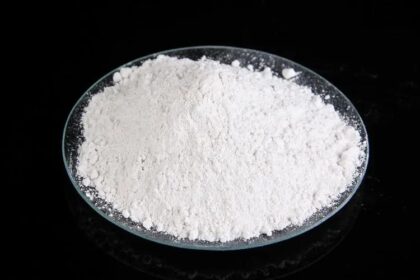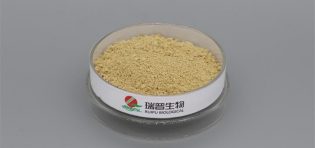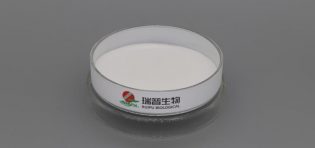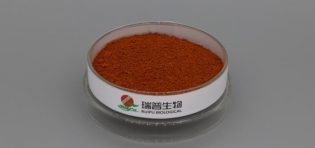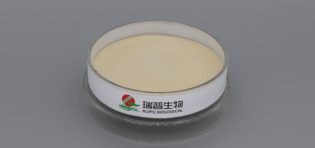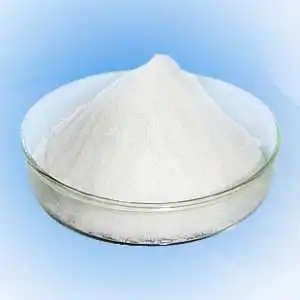
The dosage standards for food-grade magnesium oxide may vary across different foods and regions, but here are some common guiding principles:
Total magnesium content: In daily consumption, the total magnesium content should generally not exceed 600mg. For foods without specified daily consumption amounts, the total magnesium content per 300g of food should also not exceed 600mg.
Bean products: The usage of magnesium oxide per kilogram of bean products should not exceed 3g. Manufacturers also need to control the usage of magnesium oxide in proportion to the production volume of bean products.
As a nutritional additive: Food-grade magnesium oxide can be used as a nutritional additive in foods, but attention should be paid to ensuring compliance with regulations regarding the amount of magnesium oxide added. Even when used in foods, the amount of magnesium oxide added should be within appropriate limits to avoid exceeding pharmaceutical-grade doses.
Additionally, food-grade magnesium oxide can also be used to adjust the pH of foods, increase the expansion of baked goods, prevent food clumping, etc. However, in any case, adherence to relevant standards and regulations is necessary to ensure food safety and quality.
The above information is for reference only. Specific dosage standards may vary due to factors such as food type, region, regulations, etc. For accurate information, it is advisable to consult professional organizations or relevant authorities.



